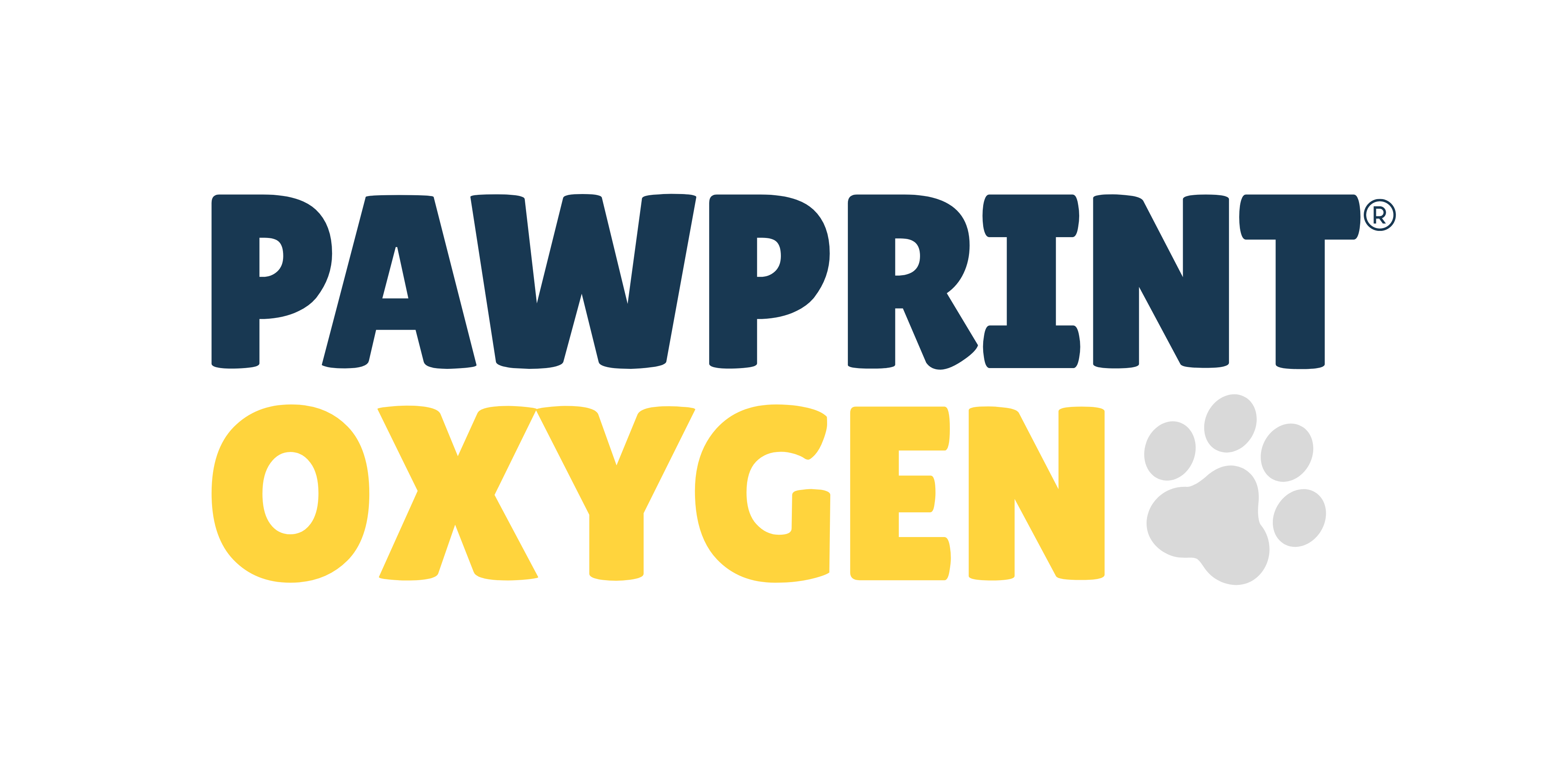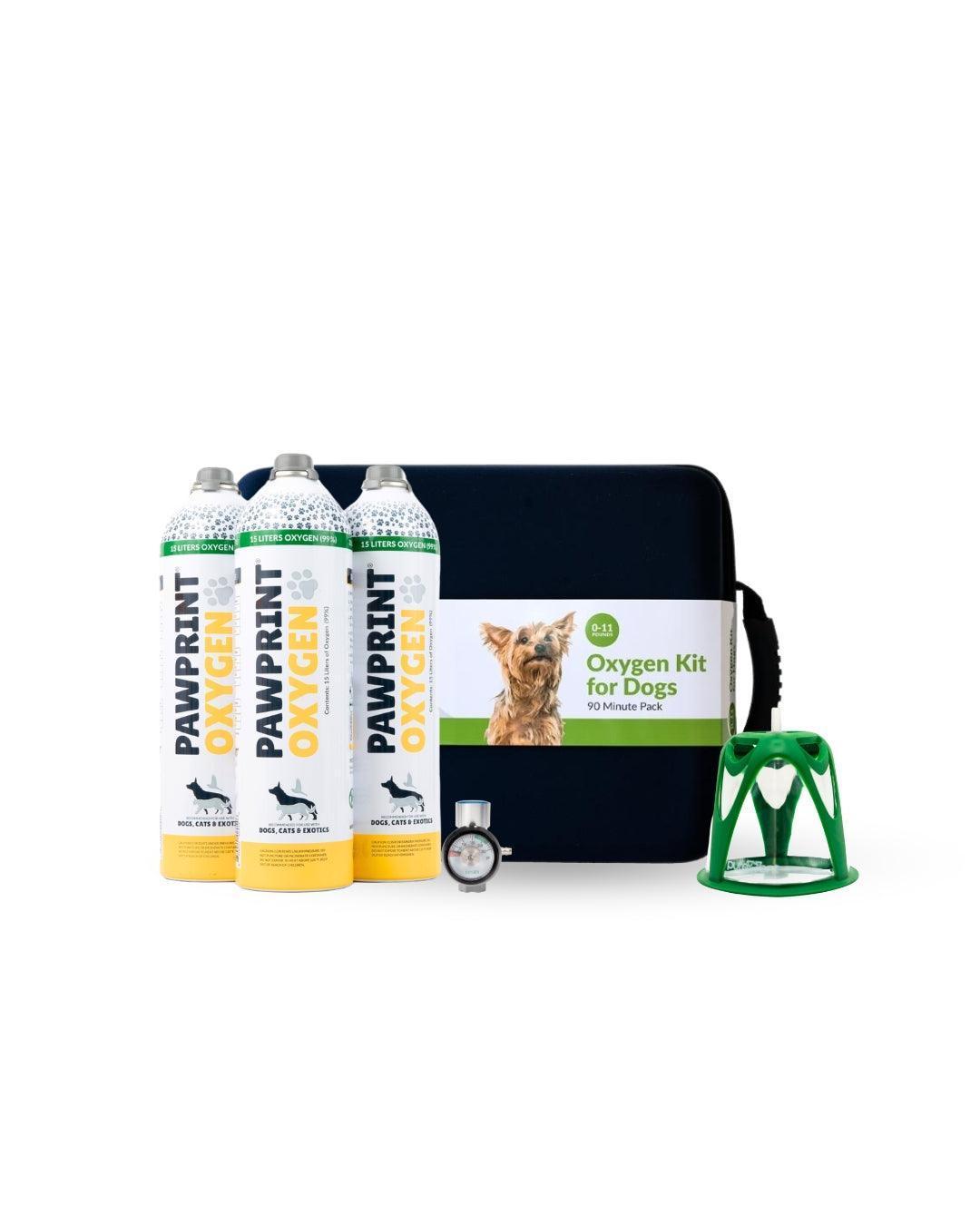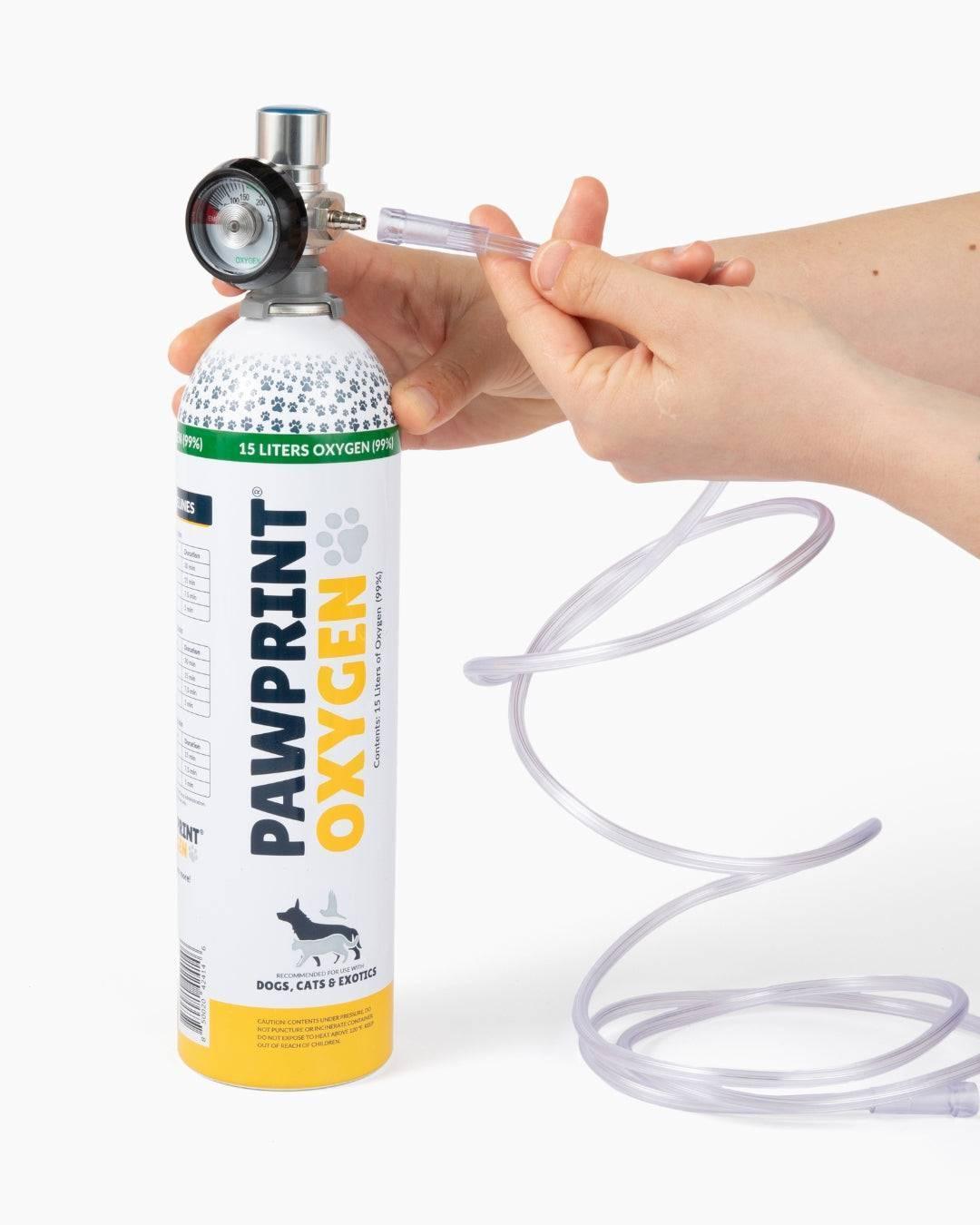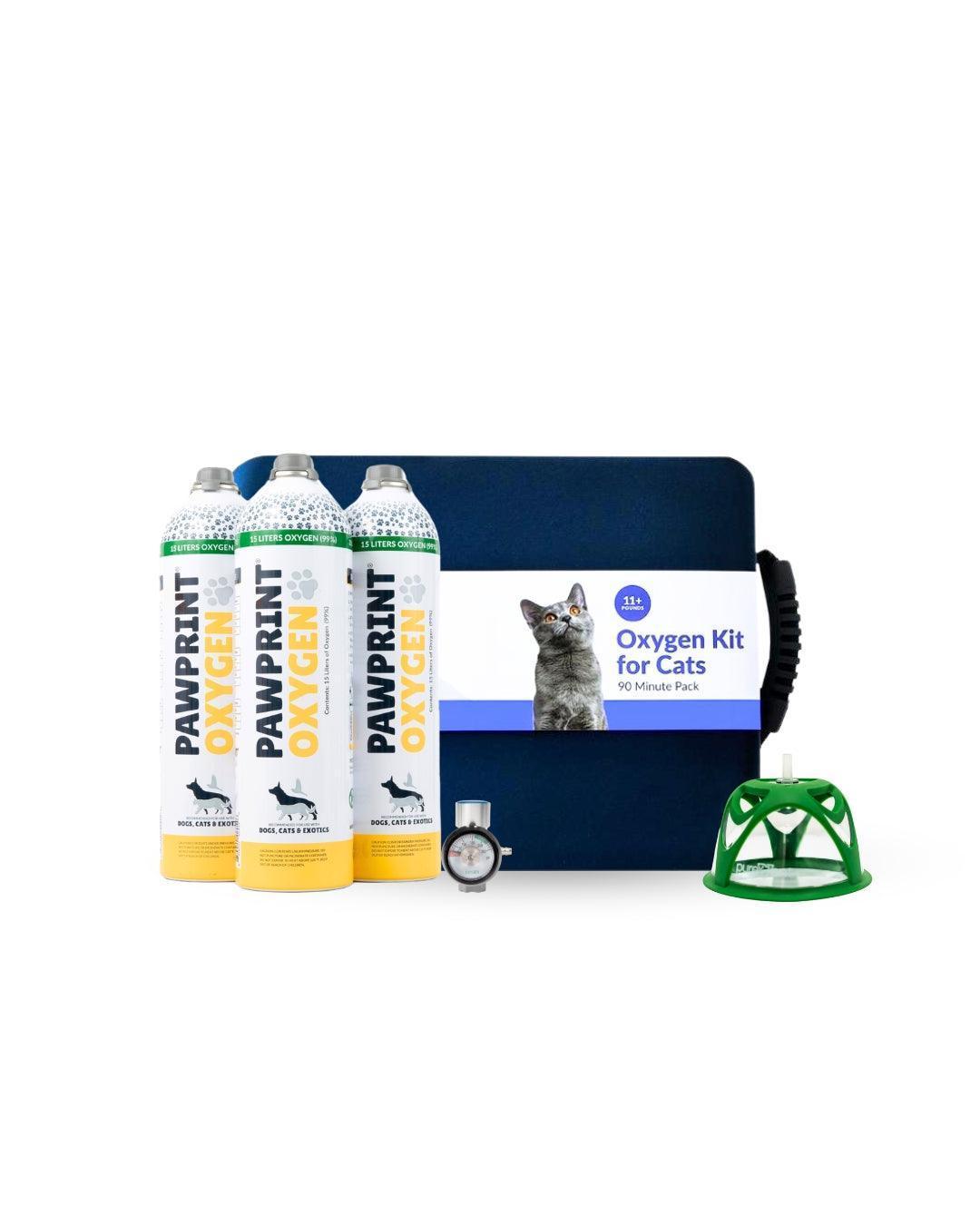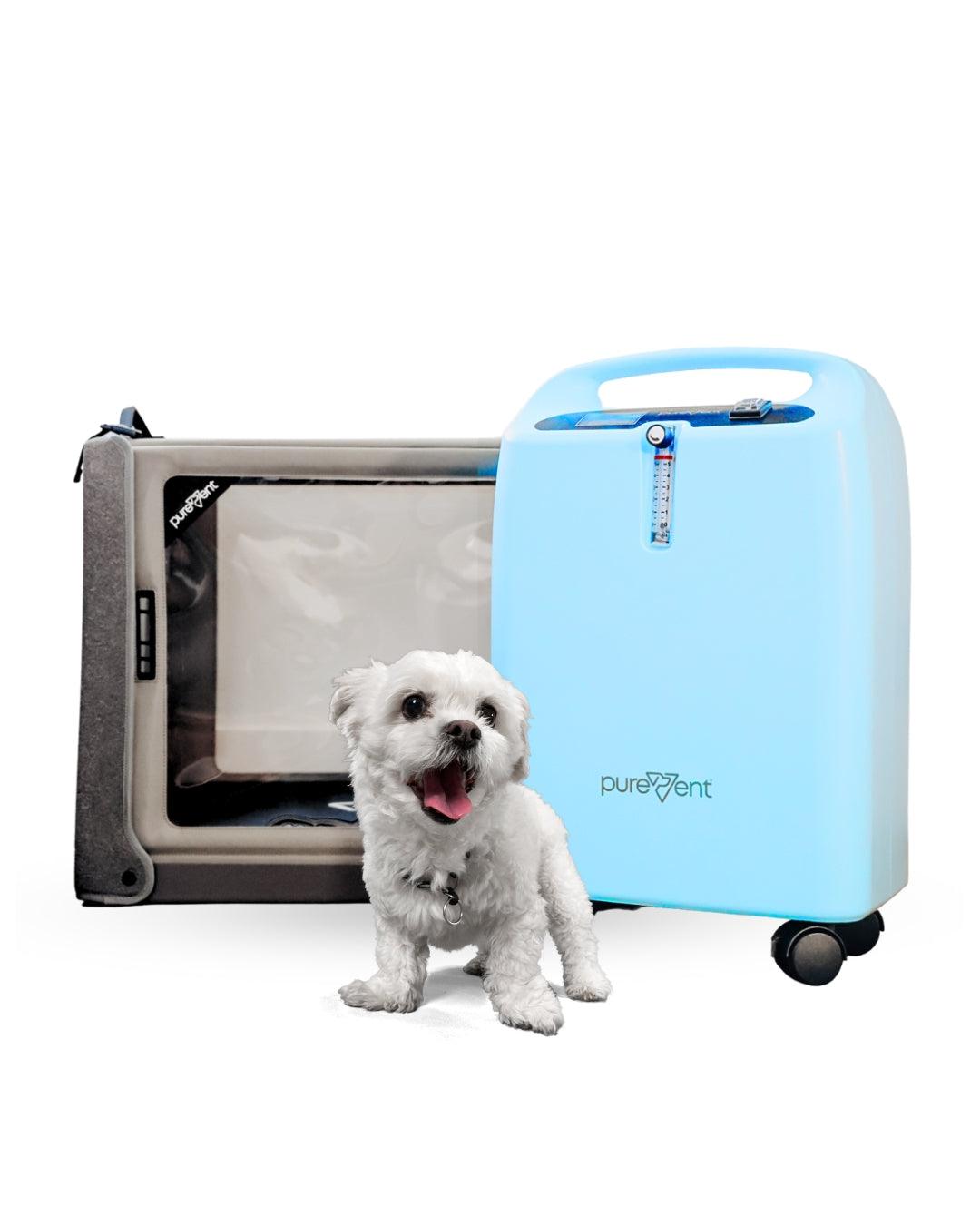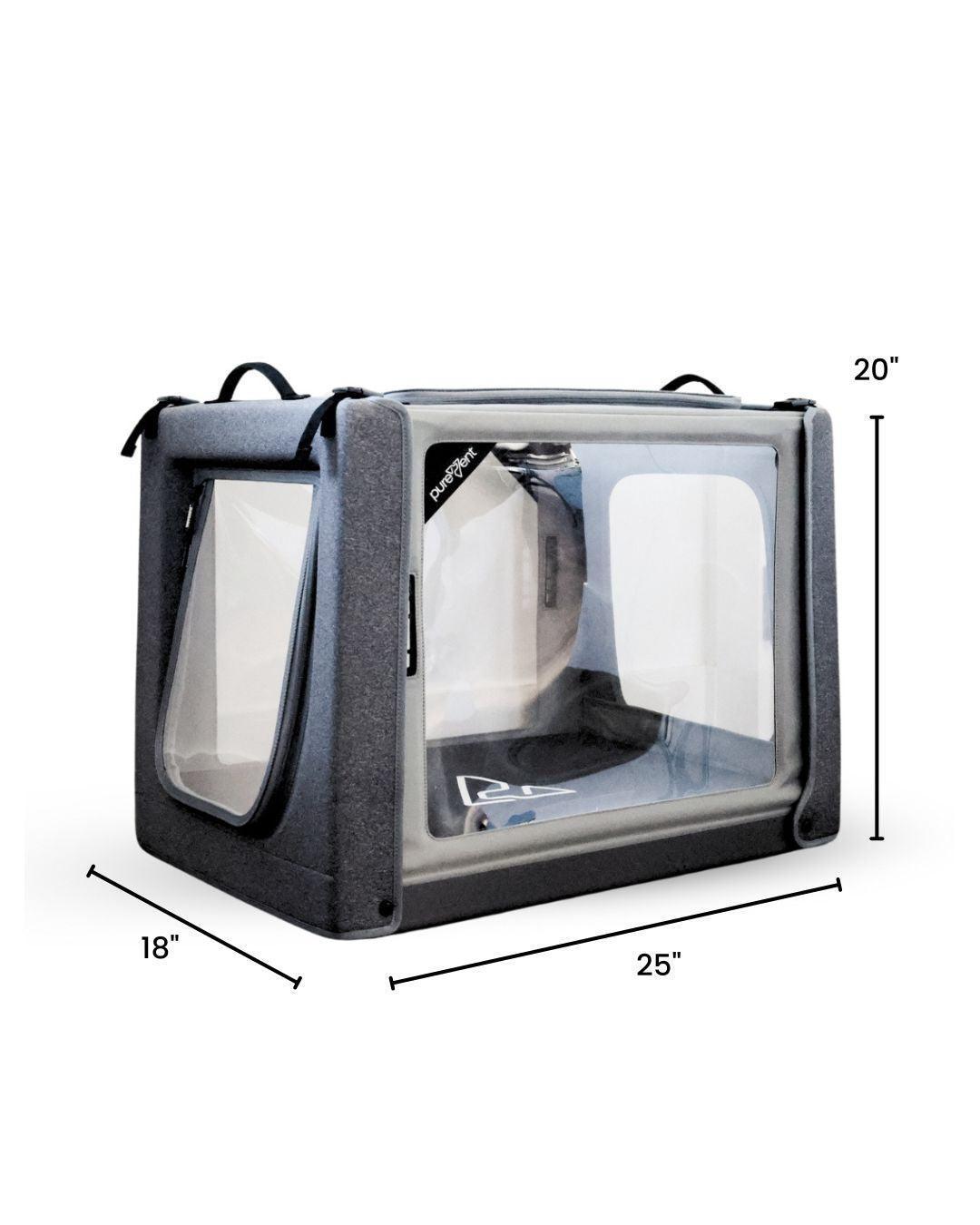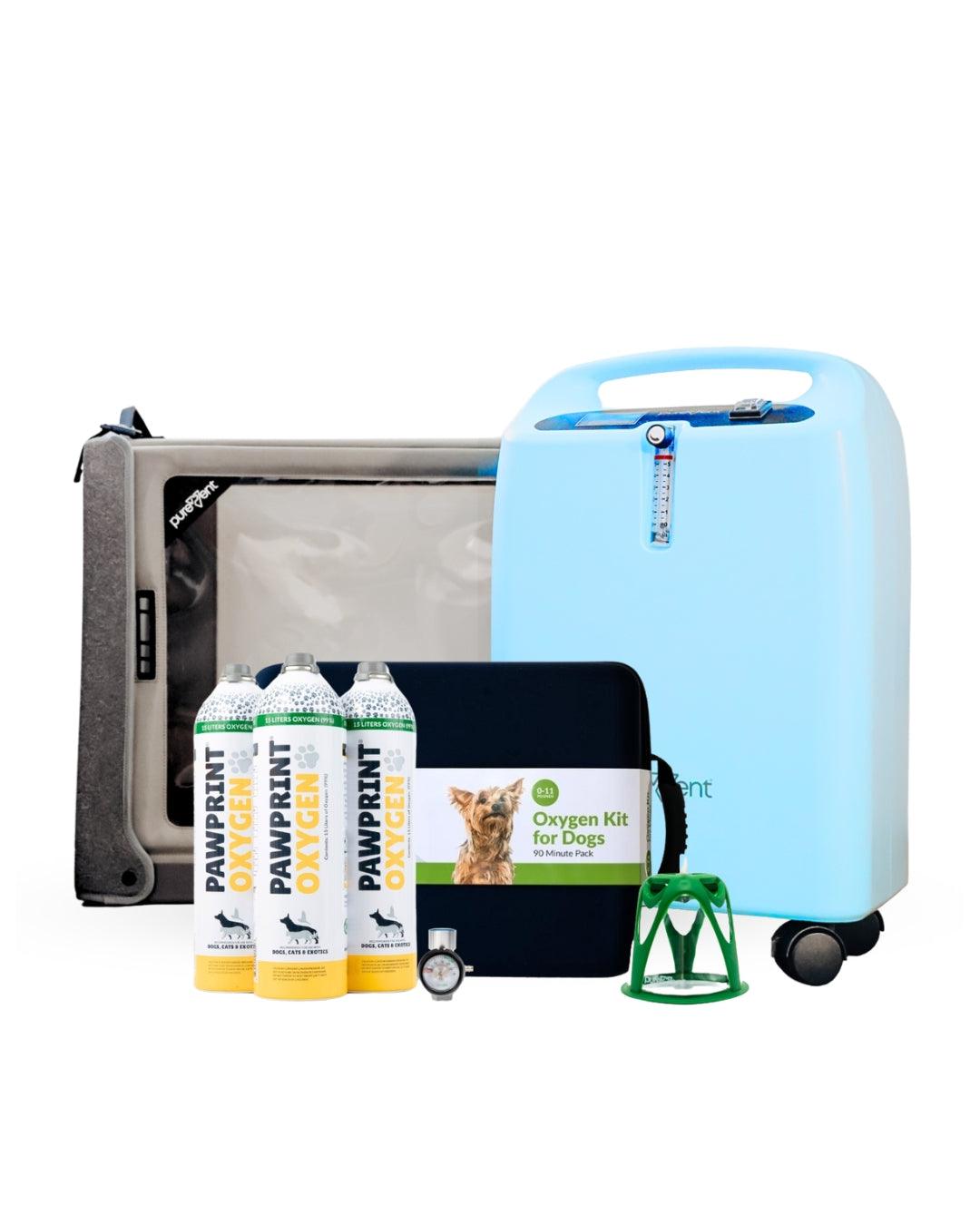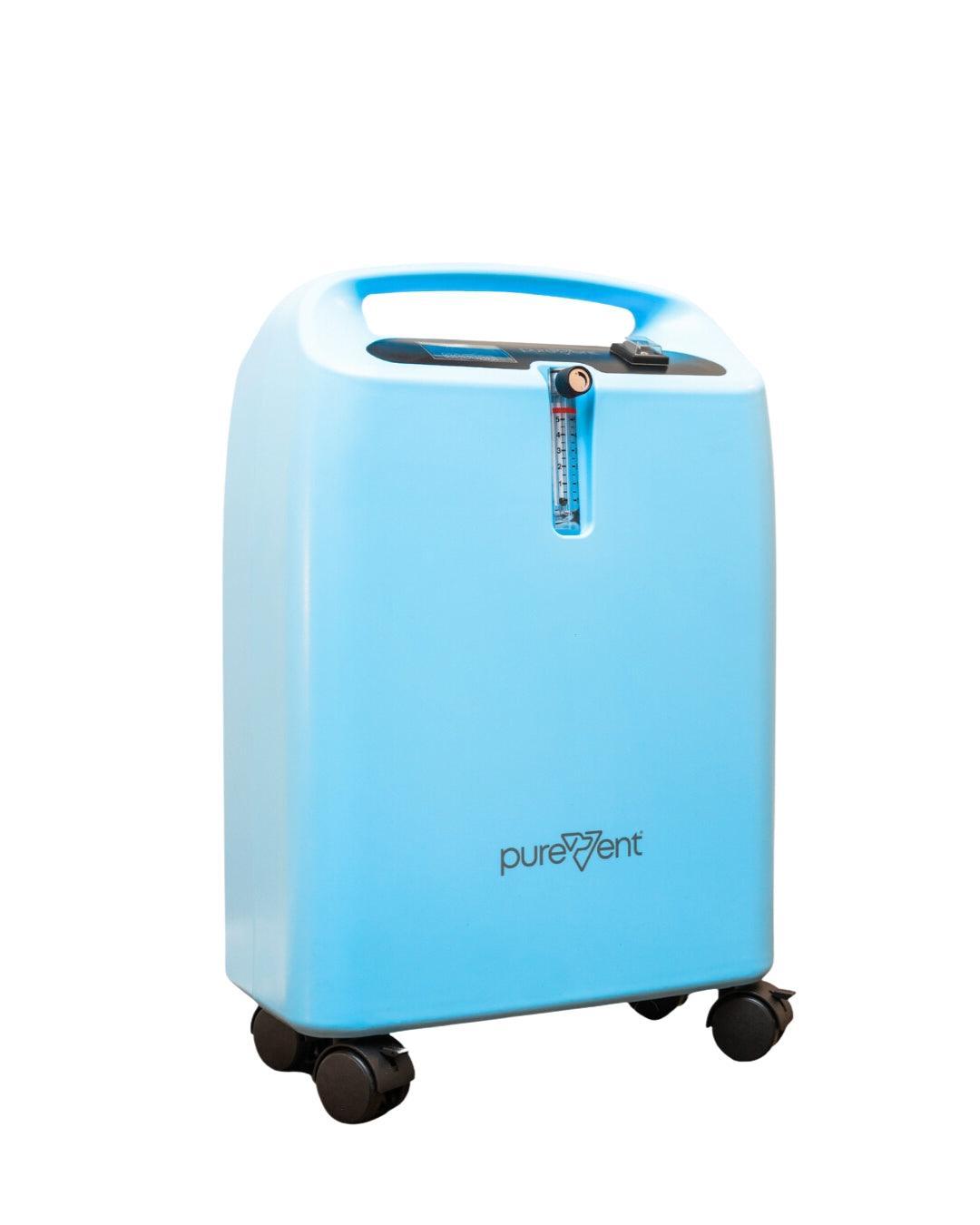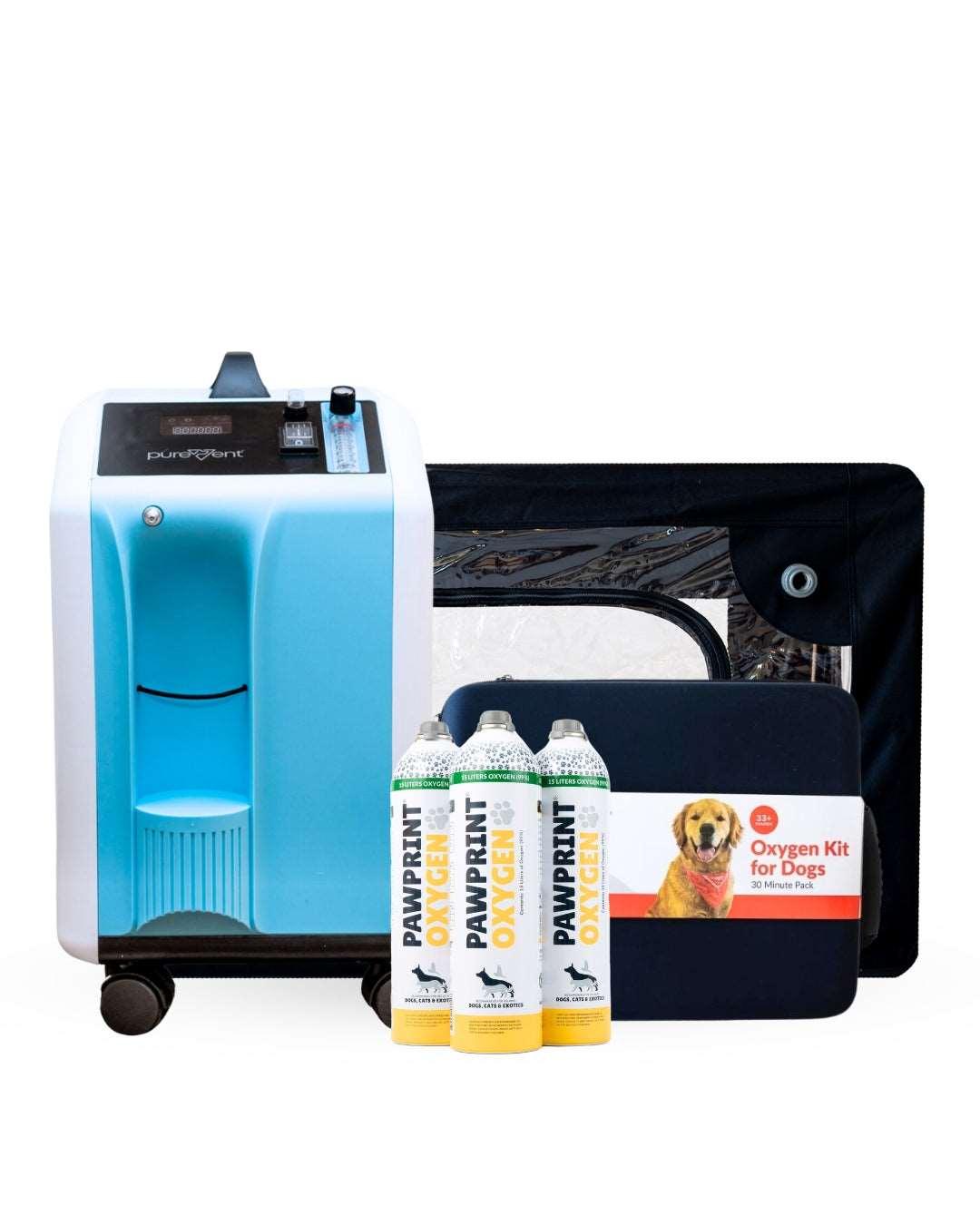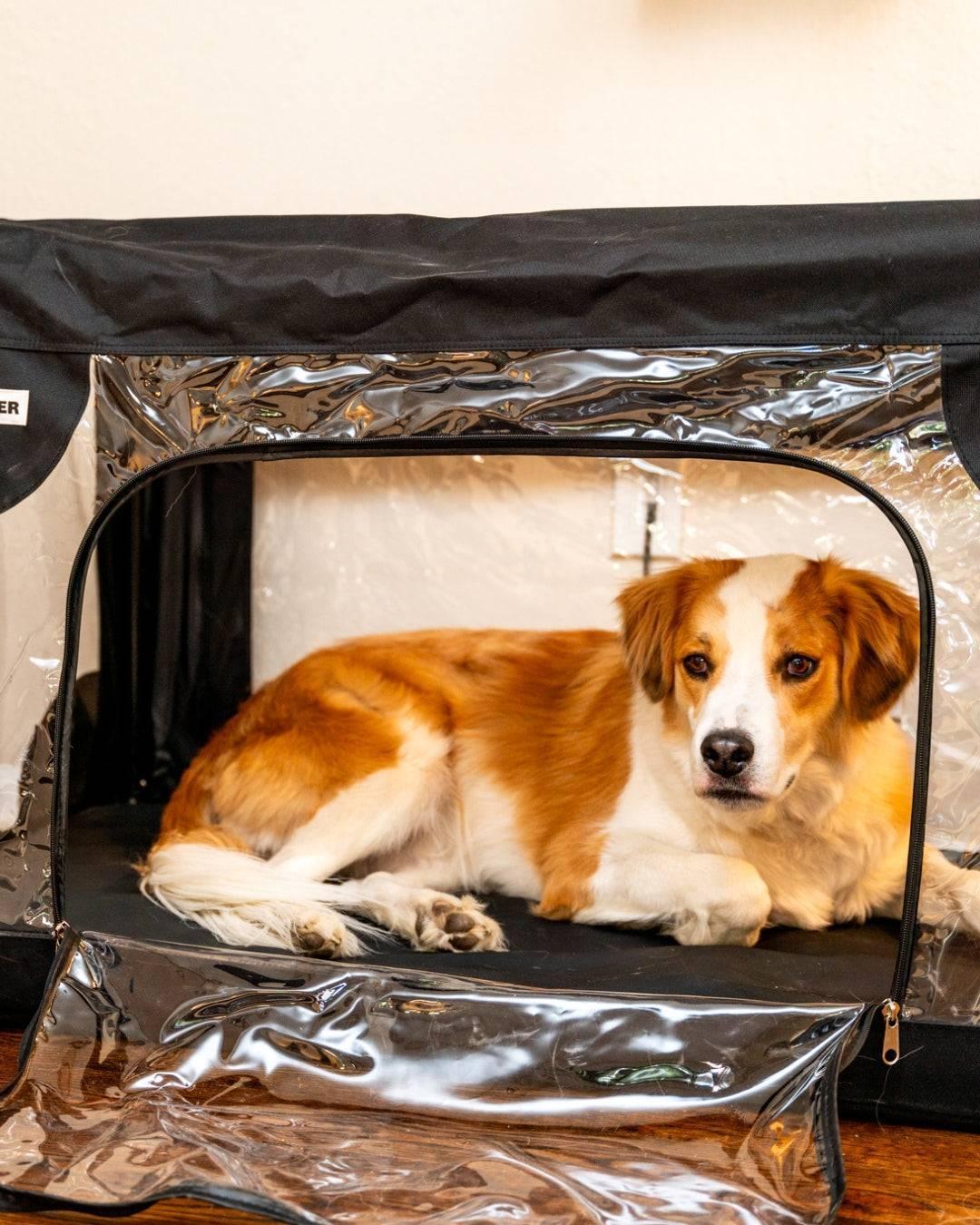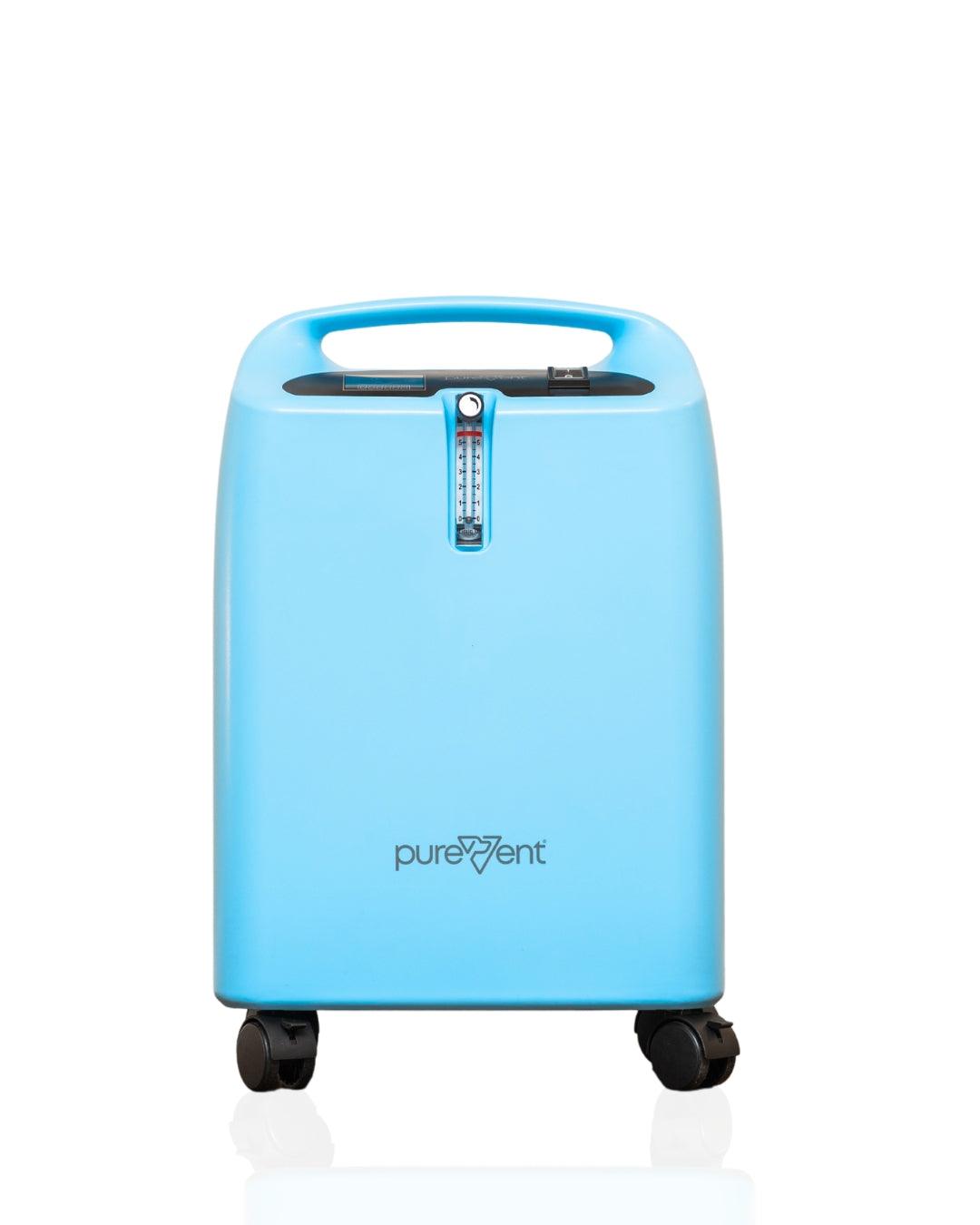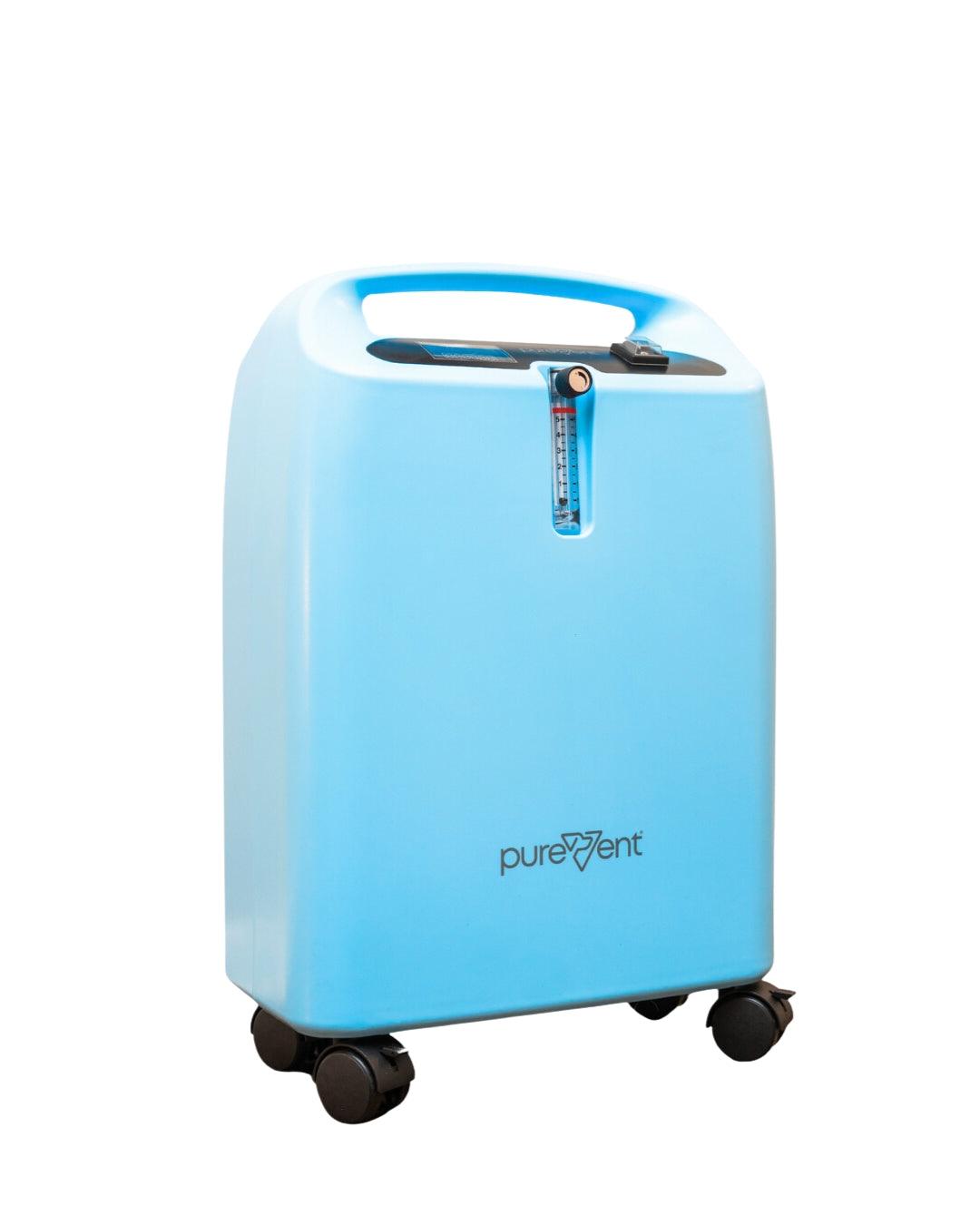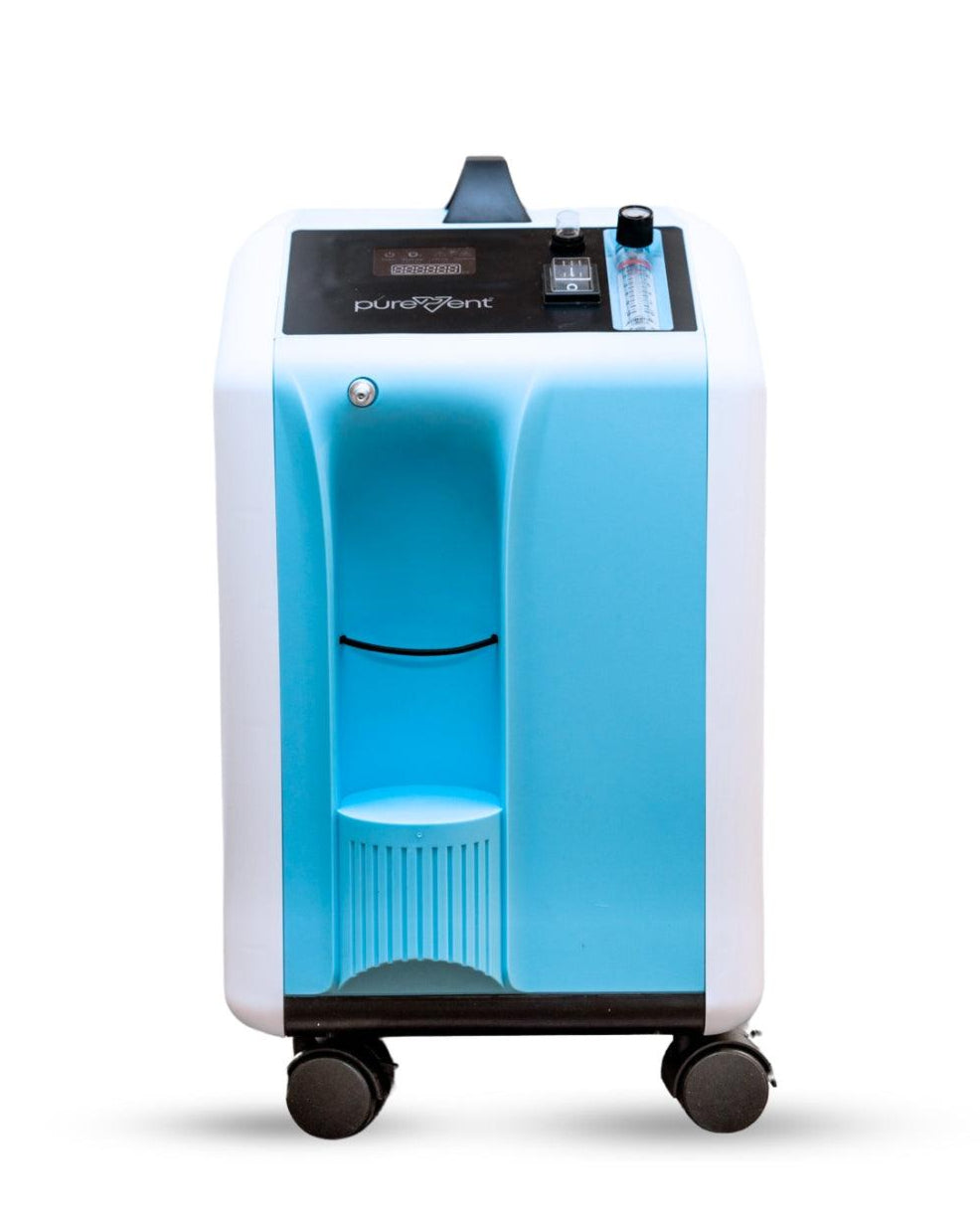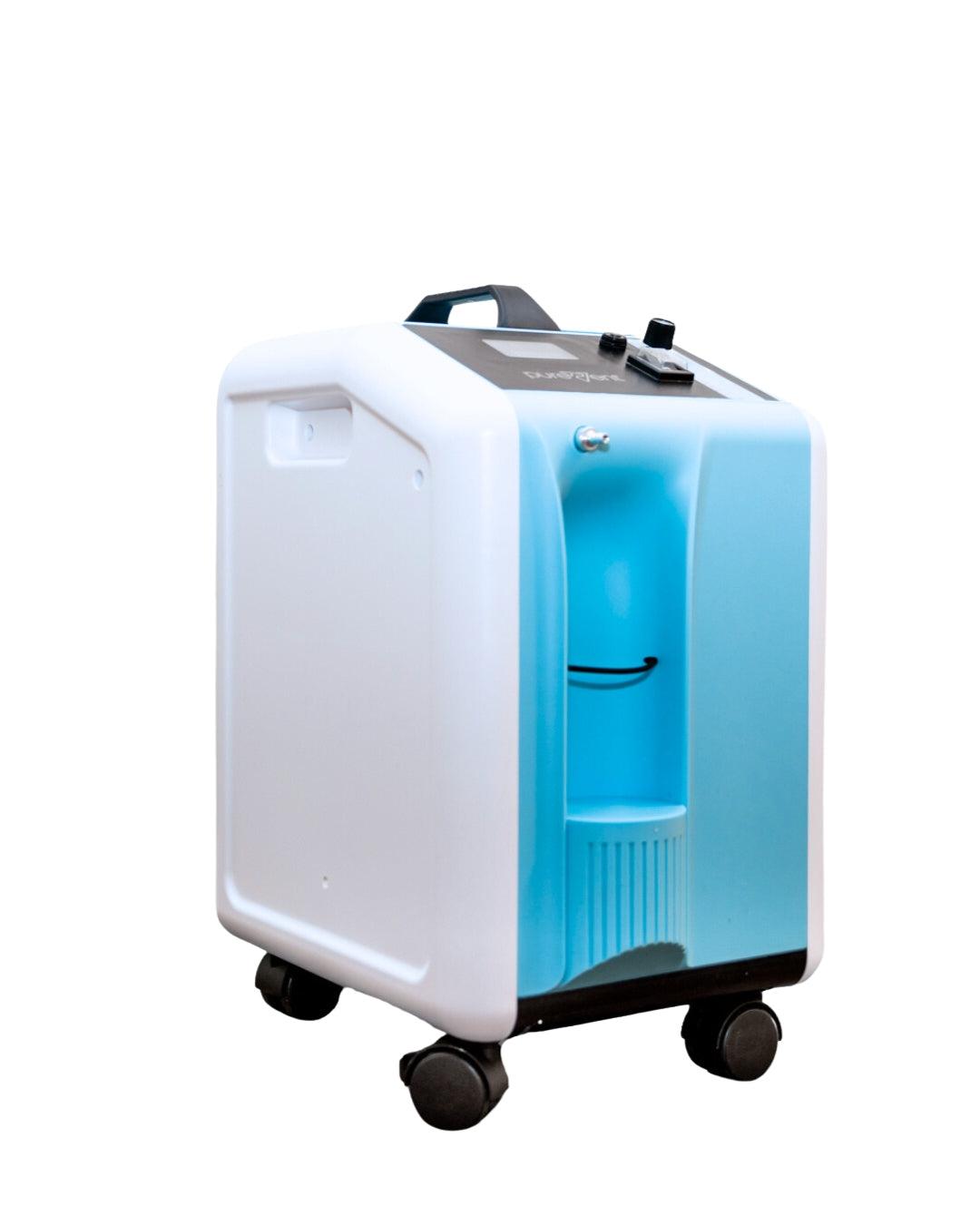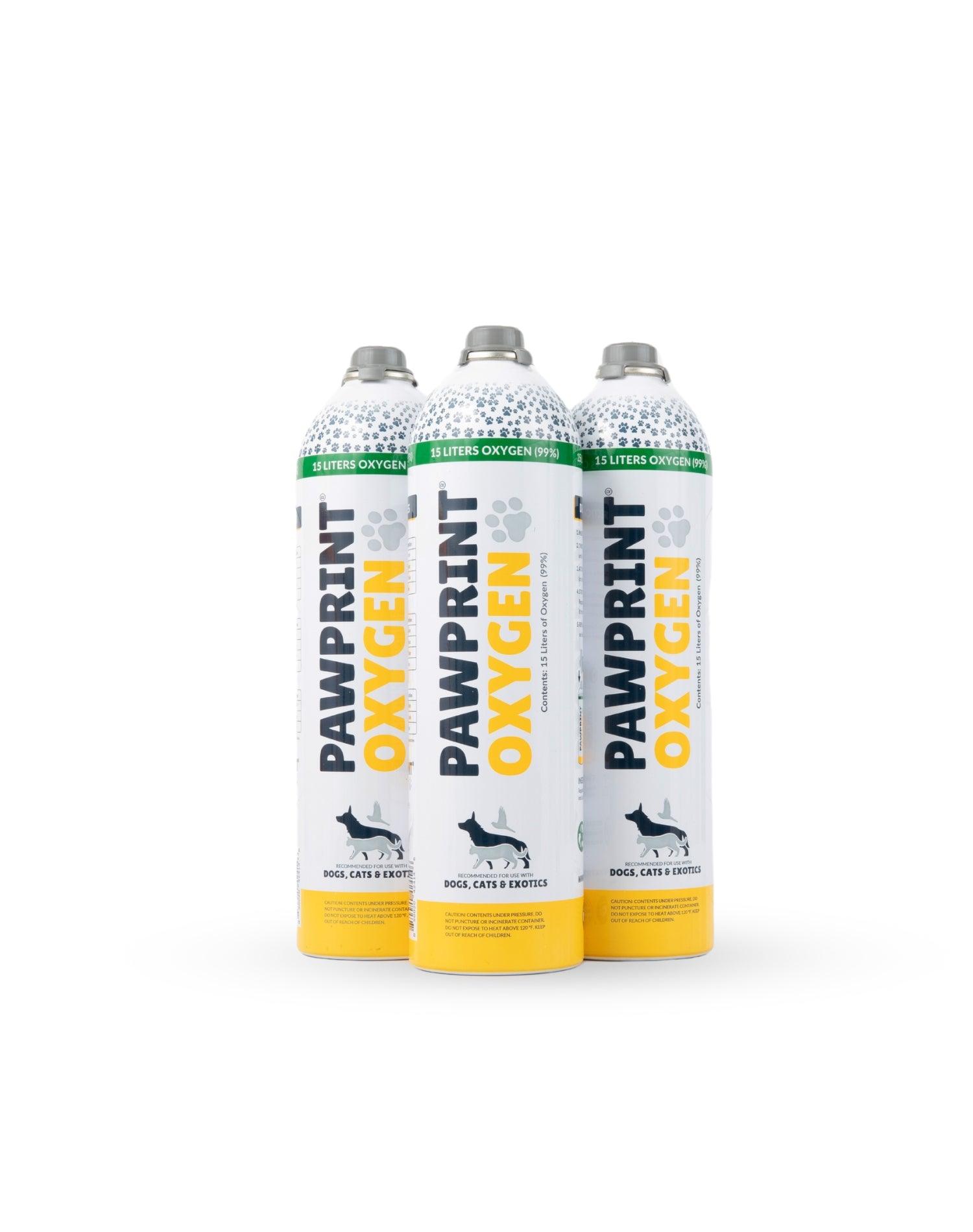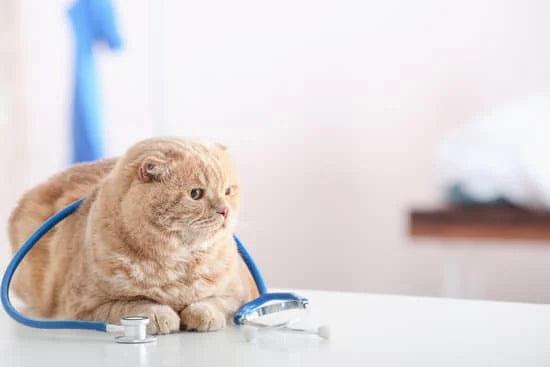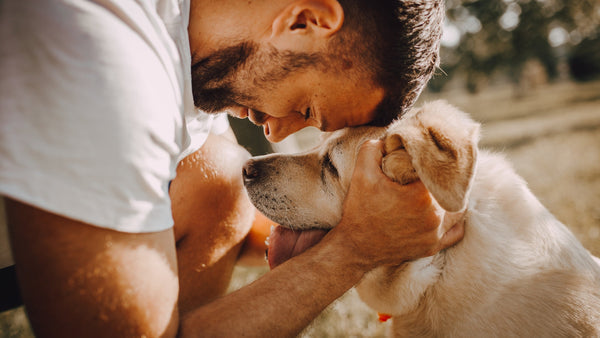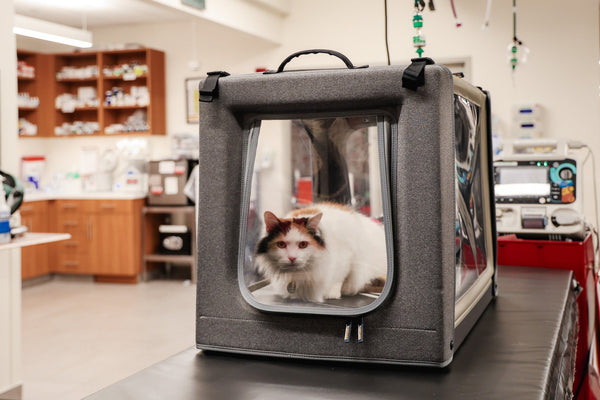Pet Fire Safety
Over 500,000 pets are affected annually by home fires. Pets have a harder time escaping a house fire, often retreating deeper into the house. They are also more susceptible to smoke inhalation due to their smaller size. That's why pet fire safety is crucial. During these emergency situations, fire crews administer supplemental oxygen to both people and pets.
By using specially designed PureVent Pet Oxygen Masks that fit over animals’ snouts, firefighters are able to resuscitate pets from smoke inhalation. If your local fire department does not carry a set of oxygen masks, consider donating them to help save an animal’s life.
Table of Contents
In the 1970s in Japan, an engineer by the name of Takuo Aoyagi invented the pulse oximeter, which, according to Courtney Broaddus, professor emeritus of medicine at the University of California, San Francisco is “an indispensable addition to medicine.”
Oxygen Level Becomes the Fifth Vital Sign
Administering Oxygen to humans during rescue care has been a standard practice for over 100 years. Given this, you might think that every fire department and EMS service would have pet oxygen masks onboard.
Unfortunately, for our pet population medicine trends behind human care adoption. Veterinarians have begun using Oxygen administration on pets more recently in the last 20-30 years.
It's still very common for Fire Departments and EMS providers to not be equipped with the pet-specific rescue devices needed to care for animals. Ask your fire department if they carry pet rescue tools and it's a fantastic item to donate to your local department, especially in areas prone to bad wildfires and air quality conditions.
How Can I Prepare For An Emergency At Home With Pets?
Accidents and emergencies occur. There are various ways to prepare your household for an emergency, but there are specific action items that will be most helpful during these stressful emergencies.
What conditions can a pet oxygen mask help treat?
A pet oxygen mask can help treat a variety of conditions in dogs and cats, particularly those that affect their ability to breathe properly. These conditions include:
Respiratory Conditions
- Asthma: Common in cats, asthma can cause difficulty breathing, wheezing, and coughing, which oxygen therapy can help alleviate during an attack.
- Pneumonia: For pets with bacterial, viral, or fungal pneumonia, supplemental oxygen can assist in maintaining adequate oxygen levels while their lungs heal.
- Collapsed Trachea: Oxygen therapy can provide relief for pets experiencing airway obstruction caused by tracheal collapse.
- Chronic Obstructive Pulmonary Disease (COPD): Oxygen can help manage flare-ups in pets with chronic respiratory conditions.
- Lung Cancer: Oxygen can improve comfort and oxygenation in pets with compromised lung function due to cancer.
Heart Conditions
- Congestive Heart Failure (CHF): Pets with CHF often suffer from fluid buildup in the lungs, making oxygen therapy crucial to improve oxygenation and ease breathing.
- Pulmonary Hypertension: Oxygen can help reduce stress on the heart and improve oxygen levels in pets with this condition.
Emergency Situations
- Smoke Inhalation: Oxygen therapy is essential for pets exposed to smoke during fires to treat carbon monoxide poisoning and lung irritation.
- Drowning or Near-Drowning: Oxygen therapy can support recovery by improving oxygenation after water aspiration.
- Trauma: Pets with injuries that cause respiratory distress, such as rib fractures or chest trauma, may benefit from supplemental oxygen.
Infectious Diseases
- Feline Infectious Peritonitis (FIP): In cats, the wet form of FIP can cause fluid buildup in the chest, which oxygen therapy can help manage.
- Upper Respiratory Infections: Severe infections can cause breathing difficulties, particularly in brachycephalic (flat-faced) breeds, where oxygen therapy may provide relief.
Neurological Conditions
- Seizures: Pets recovering from seizures may have compromised oxygen levels, and supplemental oxygen can aid in their recovery.
- Head Trauma: Oxygen therapy can help ensure adequate oxygen supply to the brain during recovery.
Chronic Conditions
- Laryngeal Paralysis: Oxygen can be a temporary or supportive treatment for pets with this condition, especially during acute episodes.
- Brachycephalic Obstructive Airway Syndrome (BOAS): Flat-faced breeds often benefit from oxygen during stress, heat exposure, or airway crises.
Post-Surgical Recovery
- Anesthesia Recovery: Oxygen therapy can help pets recovering from surgery or sedation, particularly if they have underlying respiratory or cardiovascular conditions.
Shock or Severe Anemia
- Shock: Pets in shock from blood loss, dehydration, or severe infection can benefit from oxygen therapy to stabilize their condition.
- Severe Anemia: Oxygen masks can assist anemic pets whose bodies struggle to deliver sufficient oxygen to tissues.
By addressing these conditions, pet oxygen masks play a crucial role in emergency care, chronic disease management, and improving quality of life for pets with compromised respiratory function.
What kind of oxygen source do I need for the pet oxygen mask?
The type of oxygen source you hook your oxygen mask to depends on many factors, including the severity of the pet's symptoms, whether you are in your home or using the oxygen for transport, and the duration of use needed. The three most common sources are portable oxygen canisters, oxygen concentrators, and large oxygen tanks.
Portable oxygen canisters are recommended for short-term therapy or for use during transport, as they are light-weight and easy to handle.
An oxygen concentrator is typically recommended for pets that need longer term therapy or higher flow rates than the oxygen canisters can provide. However, since these units need to be plugged into an electrical outlet to function, they are typically used at home or in a veterinary office setting.
Large oxygen tanks are typically what is used on fire trucks and by first responders, and can provide high flow rates when and where the oxygen is needed. However, since the tanks are heavy and need refilled, they are not typically ideal for pet owner use.
What should I do if my pet resists wearing the pet oxygen mask during an emergency?
If your pet resists wearing a pet oxygen mask during an emergency, it’s essential to stay calm and try these strategies to ensure they receive the oxygen they need:
1. Stay Calm and Gentle
- Pets can sense stress, which might heighten their anxiety. Speak to them in a soothing tone and use reassuring body language.
- Avoid forcing the mask onto their face, as this may cause more resistance.
2. Gradual Introduction
- Hold the mask near their face without putting it on right away. Let them sniff and investigate it while you reassure them.
- Slowly move the mask closer, allowing them to get used to the sensation before securing it.
3. Distract with Comfort
- Offer a favorite blanket, toy, or a gentle touch to make the situation less intimidating.
- Try to provide comfort by petting them or holding them in a familiar position.
4. Adjust Your Approach
- Alternative Positioning: Instead of securing the mask tightly, hold it slightly above their nose and mouth to deliver oxygen indirectly.
- Angle the Mask: If the standard position isn’t working, tilt the mask slightly to allow some oxygen flow while they adjust.
5. Use Treats (if possible)
- In non-life-threatening emergencies, use small treats to distract your pet and create a positive association with the mask.
- Offer a treat immediately after each attempt to bring the mask closer to their face.
6. Secure Assistance
- If another person is available, they can help hold or comfort your pet while you handle the oxygen mask.
- For larger pets, you may need help gently restraining them to position the mask effectively.
8. Prioritize Safety
- If your pet is panicking and the mask cannot be used safely, don’t risk injury to yourself or your pet. Instead, try to deliver oxygen indirectly using the end of the oxygen tubing or by holding the mask near their face.
9. Practice Ahead of Time
- To prepare for emergencies, familiarize your pet with the oxygen mask before it’s urgently needed. Practice placing the mask on their face calmly and reward them for tolerating it.
10. Consult a Veterinarian
- After the emergency, consult your vet for additional strategies to help your pet adapt to oxygen therapy for future scenarios.
By remaining calm and patient, you can help your pet feel more comfortable during a stressful situation and ensure they get the oxygen they need.
Create an Emergency Evacuation Plan
Schedule a night with your family to create an emergency plan. Make sure to cover the points listed below:
Have everyone memorize the emergency phone number of the fire department
Walk around your property and house to identify the best escape routes
If you live with infants, the elderly, or pets, make sure someone in the household is assigned to each pet or person to make sure they are safely evacuated
Check and test your home's fire alarms, change all the batteries out, and set a calendar event for a year from now to do the same safety check
Confirm that your Local Fire Department is Equipped with Pet Oxygen Masks
Contact your local fire department to make sure that they are equipped with PureVent Pet Oxygen Masks. Many fire departments get their masks through donations from community members just like you! Because they often get left at the scene of the fire to provide continued care to pets in need, fire departments often need replacement masks, too.
You can donate a mask set to your local department to make sure they are prepared to save the furry friends in our communities.
Equip your Home with a Pet Oxygen Kit
Equipping your home with a Pet Oxygen Kit will help you prepare for an emergency, whether it is due to a fire or general respiratory distress, while you are at home with your pet.
Using a Pet Oxygen Kit for your dog, cat, or exotic pet during emergencies can supplement the oxygen they're not getting during an episode of respiratory distress (like in the instance of a house fire or wildfire).
When a pet is not getting enough oxygen their anxiety and stress levels increase, which increases the risk of further complications before you have time to get them to an emergency care facility. Spending a small amount of money on an Pet Oxygen Kit to have in your home might just save you from racking up a hefty veterinarian bill and keeping your pet from developing respiratory issues in the future.

Important Fire Safety Tips
Create an emergency evacuation plan with your family with clear instructions that are easy to follow and understand by every member of your family.
Practice your household's emergency evacuation plan to be better prepared for an emergency situation
Confirm that your Local Fire Department is equipped with Pet Oxygen Masks
Consider donating pet oxygen masks to your local fire department to save your communities pets
Equip your home with a Pet Oxygen Kit and any other safety items, such as flashlights, emergency phone numbers, and first aid kits, for your family and pets.
Check and test your home's fire alarms, change all the batteries out, and set a calendar event for a year from now to do the same safety check
Keep collars on your pets and leashes accessible in case fire fighters need to rescue your pet in an emergency situation.
Put a sticker or window cling in your window with the number of pets in your home so firefighters can locate all of your pets in case of an emergency situation.
